LV wiring - connection to bare wire
dc_pilgrim
13 years ago
Related Stories
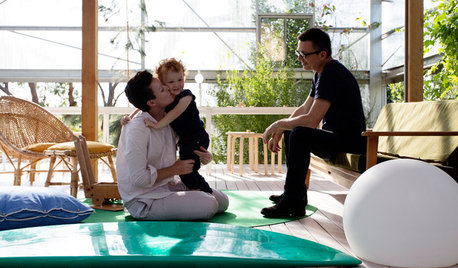
HOMES AROUND THE WORLDWorld of Design: A House That’s Barely There
A rural Australian home blurs the boundaries between indoors and outdoors, camping and permanence, privacy and transparency
Full Story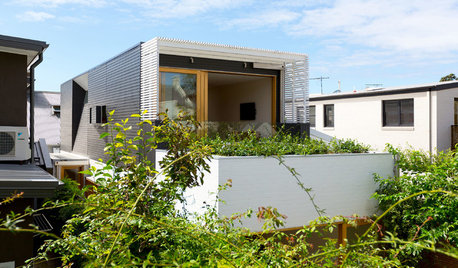
MODERN HOMESHouzz Tour: Seeing the Light in a Sydney Terrace House
A narrow row house gains lots of interior sunshine and a connection to the outdoors without sacrificing privacy
Full Story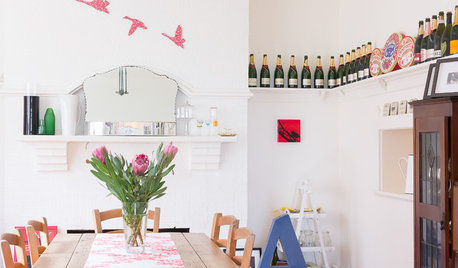
DECORATING GUIDESPersonal Spaces: Ideas for Making a Rental Your Own
Think creatively — and kiss your landlord if he or she allows you to paint those bare walls
Full Story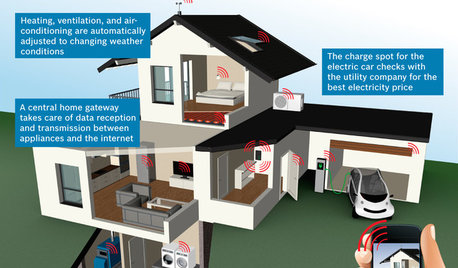
THE HARDWORKING HOMECES 2015: Inching Toward a Smarter Home
Companies are betting big on connected devices in 2015. Here’s a look at what’s to come
Full Story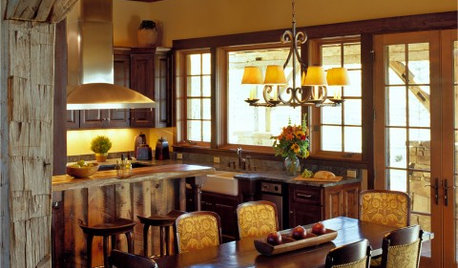
DECORATING GUIDESSo Your Style Is: Rustic
Refreshing in its simplicity, rustic style highlights natural beauty and a rugged, resilient spirit. Is it a match for you?
Full Story
MOVINGHome-Buying Checklist: 20 Things to Consider Beyond the Inspection
Quality of life is just as important as construction quality. Learn what to look for at open houses to ensure comfort in your new home
Full Story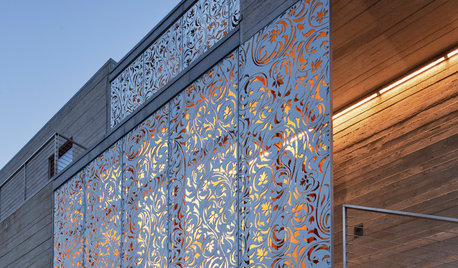
ARCHITECTUREDesign Workshop: Getting a Feel for Steel
Versatile and strong beyond belief, steel can create amazing expressions in homes and landscapes
Full Story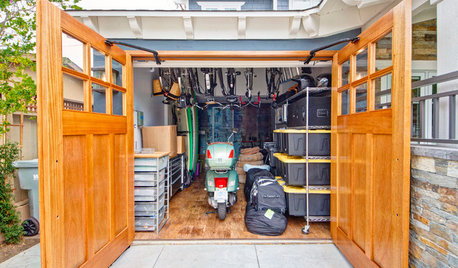
GARAGESHouzz Call: How Do You Put Your Garage to Work for Your Home?
Cars, storage, crafts, relaxing ... all of the above? Upload a photo of your garage and tell us how it performs as a workhorse
Full Story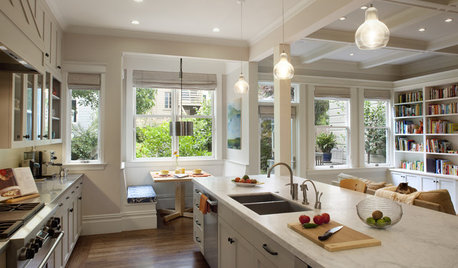
KITCHEN OF THE WEEKKitchen of the Week: Storage, Style and Efficiency in San Francisco
A growing family gets a kitchen they can work, eat and relax better in — and that’s easier on the eyes
Full StoryMore Discussions






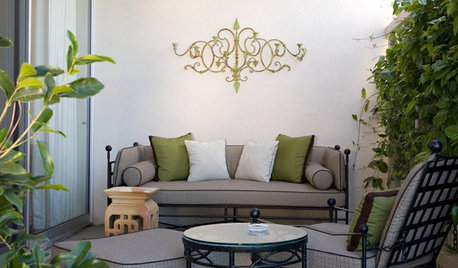


Ron Natalie
dc_pilgrimOriginal Author
Related Professionals
Barrington General Contractors · Plano General Contractors · Solon General Contractors · Waxahachie General Contractors · West Lafayette General Contractors · Wyomissing General Contractors · Voorhees Solar Energy Systems · Weymouth Solar Energy Systems · Easton Solar Energy Systems · Brookline Home Automation & Home Media · Kansas City Home Automation & Home Media · Natick Home Automation & Home Media · Stamford Home Automation & Home Media · Tacoma Home Automation & Home Media · Grand Haven Home Automation & Home MediaRon Natalie
dc_pilgrimOriginal Author
brickeyee
dc_pilgrimOriginal Author
dc_pilgrimOriginal Author
brickeyee
saltcedar
saltcedar
dc_pilgrimOriginal Author
brickeyee